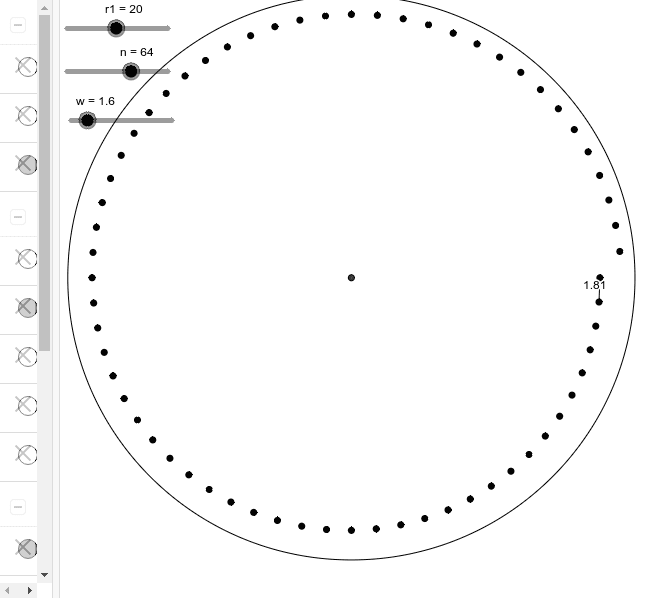

DISK GRAPH CALC HOW TO
To learn how to change your performance tier, see portal or PowerShell/CLI articles. attribute graphs of a hard disk (if the display vendor specific values option is selected next to the graph).
DISK GRAPH CALC UPGRADE
The following table depicts which tiers each baseline performance tier can upgrade to. The disk will once again be billed at the P10 rate.įor billing information, see Managed disk pricing. When you no longer need the higher performance, you can return to the P10 tier. During the time of the upgrade, you'll be billed at the P50 rate. You can upgrade the tier to match the performance of P50 (7,500 IOPS and 250 MBps) without increasing the disk size. For example, if you provision a P10 disk (128 GiB), your baseline performance tier is set as P10 (500 IOPS and 100 MBps). Your billing changes as your performance tier changes. When you no longer need that performance level, you can return to the initial baseline performance tier. You can use a performance tier higher than the original baseline to meet higher demand. GraphPad Prism: Analyze, graph and present your data StatMate: Sample size and power. When you first deploy or provision a disk, the baseline performance tier for that disk is set based on the provisioned disk size. Try InStat for statistics without all the fuss. You can take advantage of Performance Tier for an older disk by updating it with the baseline Tier. The system does not return Performance Tier for disks created before June 2020.A disk's performance tier can be downgraded only once every 12 hours.The P60, P70, and P80 performance tiers can only be used by disks that are larger than 4,096 GiB.This feature isn't currently supported with shared disks.This feature is currently supported only for premium SSDs.You can then return to the original tier without downtime when the additional performance is no longer necessary. To handle these events, you can switch a disk to a higher performance tier without downtime, for as long as you need the additional performance. Paste the data to the Sample Editor by using Ctrl+v (Windows) or.
DISK GRAPH CALC SERIES
Statdisk is designed for users of the Triola Statistics Series textbooks, published by Pearson Education. This is ideal for events that temporarily require a consistently higher level of performance, like holiday shopping, performance testing, or running a training environment. Get started by choosing an analysis, exploring data, or opening a Triola Statistics data set from the menus above. It can be more cost-effective to change your performance tier rather than rely on bursting, depending on how long the additional performance is necessary. The performance tier can be changed at deployment or afterwards, without changing the size of the disk and without downtime.Ĭhanging the performance tier allows you to prepare for and meet higher demand without using your disk's bursting capability. The performance tier determines the IOPS and throughput your managed disk has. When you set the provisioned size of your disk, a performance tier is automatically selected. The performance of your Azure managed disk is set when you create your disk, in the form of its performance tier.
DISK GRAPH CALC WINDOWS
Step 3: That’s it Now your window will display the Final Output of your Input.Applies to: ✔️ Linux VMs ✔️ Windows VMs ✔️ Flexible scale sets ✔️ Uniform scale sets

Step 2: For output, press the “Submit or Solve” button. Step 1: In the input field, enter the required values or functions. Steps to use Volume Rotation Calculator:-įollow the below steps to get output of Volume Rotation Calculator Solution : Heres a graph of our function and the disk well be using to. Then, by integrating, it adds up all of those areas along the length of the solid, which gives you the volume of the solid. The disk method is predominantly used when we rotate any particular curve around the x or y-axis. The volume of each disk is r2x, where r is the radius of the specific disk. The disk method formula finds the area of each slice. Let us go through the explanation to understand better. The volume of a solid rotated about the y-axis can be calculated by V = π∫dc2dy.


 0 kommentar(er)
0 kommentar(er)
